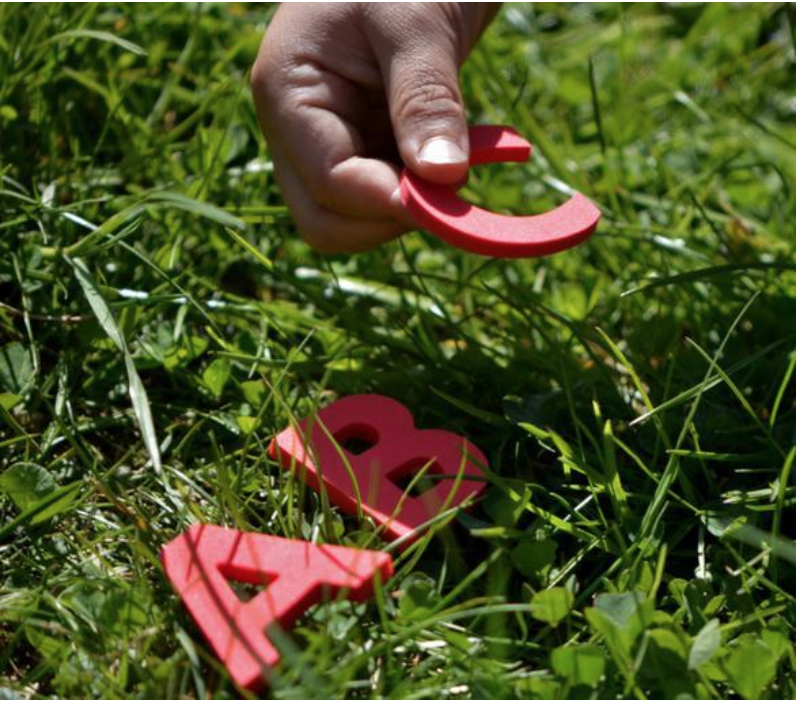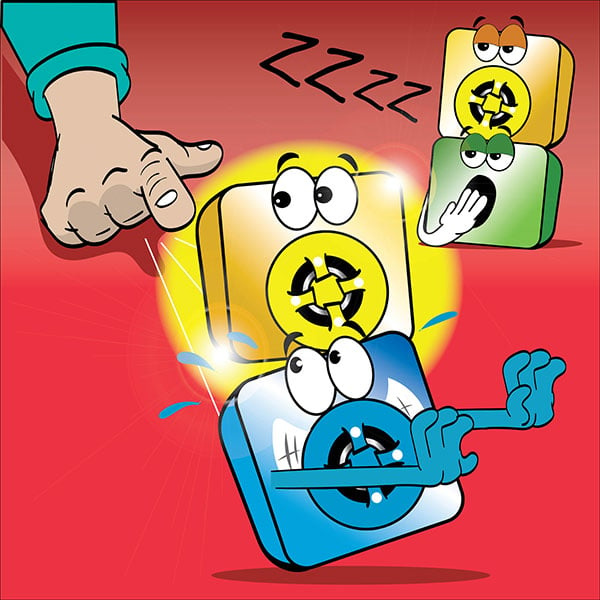Lesson Modules
Teaching Tips:
KT06 Cubelets in the Classroom, 40-minute activity
This class activity can be used as a longer unit or a second day of building scientific observation skills using Cubelets. As students delve further into practicing behavioral observation, they also continue to advance their deductive investigations on what inputs produce robot reactions, why, and what this means about the robot sense. Students practice skills gained in the previous class (Part I). This time they will use a different robot sense and action, strengthening their understanding of using observations to make a theory, test it, and refine it using different inputs. While students observe and understand behavior, they build scientific skills relevant to biology, psychology, robotics and artificial intelligence.
For each class/group, this lesson plan includes 2 segments:
Each segment is suggested to last 20 minutes in order to comprise one class of about 40 minutes.
- An extension of the previous class using Cubelets to consider observation of behavior
- A group wrap‐up exercise or capstone challenge with the Cubelets
These activities are intended to be a continuation of Robot Creatures and their Behavior, Part I. Each segment is suggested to last for 20 minutes, with two segments comprising a 40-minute class. Where a class period affords less than 40 minutes, we suggest increasing the time for each segment and using Part 1 as a single class and Part 2 as a single class activity the next day.
Remind each group of their previous robot investigations
“Last class, you observed robot behaviors and then used those observations to discover what they could be sensing. Does everyone remember the sense we investigated? Today, we will continue working on using the behavior we see to understand a sense that we might not be able to see. We’ll observe how the robot is reacting while considering what different inputs and outputs mean about what the robots sense."
The last question can be answered out loud depending on the students' writing skills.
KT06 Cubelets
A reminder of your previous robot investigations.
Last class, you worked on observing robot actions and then seeing what they could be sensing. Do you remember the sense we investigated?
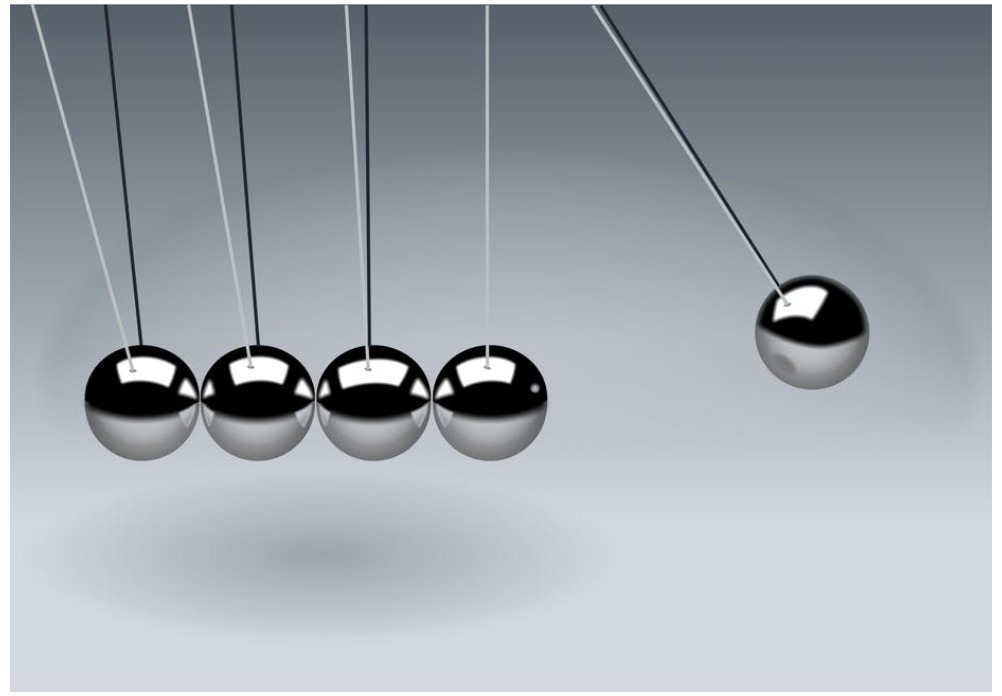
Teaching Tips:
Materials: KT06 kits, groups of 14 students using each kit.
This is an opportunity for students to investigate how to observe behavior and input with more precision ‐ what kind of stimuli? How much? What changes does this produce and how are they related to the changes in sensory information and stimuli? As students progress to adding more than one sense and more than one action, they will experience behavior variations and emergent behavior within even very small robots.
Swap the Distance and Brightness Sense Cubelets. “Investigate what the robot is sensing now? What input have you given it? What makes it move and what makes it stop? ” Have students form a theory, devise a plan to test it, and carry it out deciding what inputs might help them determine if their theory explains the robot behavior. Once students carry this out, swapping the Drive and Flashlight Cubelets is useful as they realize they can make the light brighter or dimmer in lighter and darker areas.
- Heat
- Light
- Distance
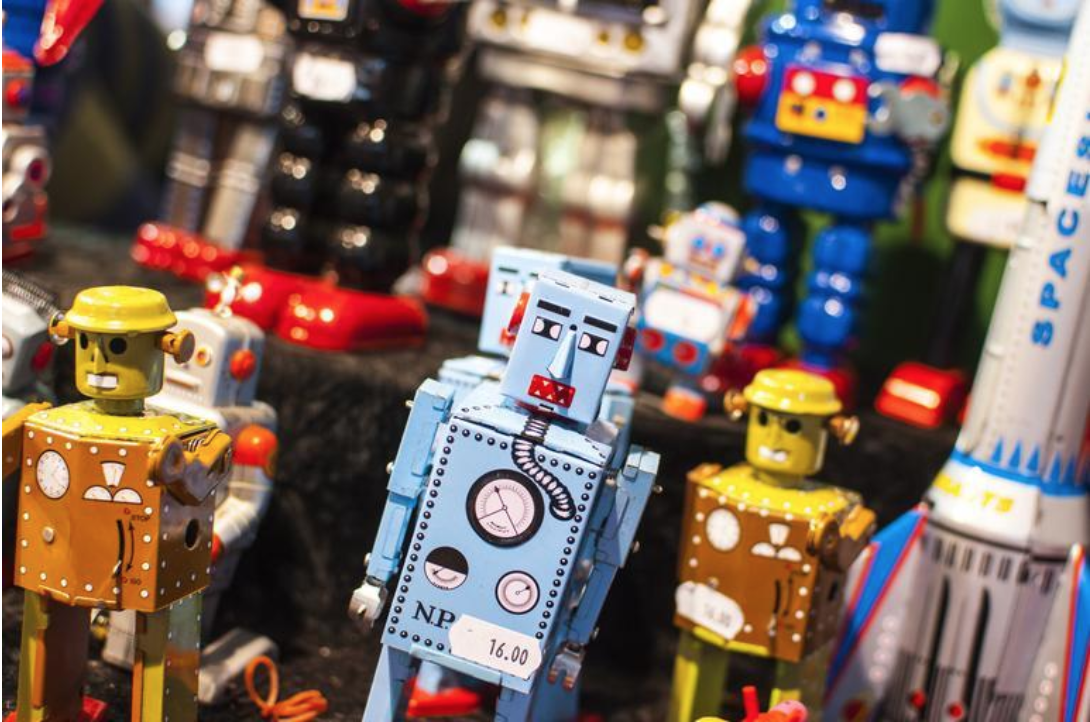
Think about why this happens, write it down, and experiment with your robot to prove it!
Teaching Tips:
Materials: KT06 kits, groups of 14 students using each kit. For group builds, separate contents into 3 piles of Action (clear), Sense (black), and Think (green, passives)
This final challenge is an opportunity for students to continue playing, learning, and discovering while testing their understanding of the Cubelets senses and actions and how that leads to different reactions. Although each game is slightly different, they all give students an experiential lesson on how complex behaviors can arise out of simple, discrete functions they’ve already been manipulating.
Group Robot build! Each child may pick one Cubelet to add to a group robot (Instructor holds the battery, makes sure there is at least one sense and action Cubelet.) “What does our robot do? Let’s all test what it’s sensing and responding to.” With extra time this can be repeated to show that even with all the same Cubelets/functions, different robots and different behaviors emerge. Adding Passive Cubelets is another element to the group build if this activity is repeated.
Group Robot build! Each of you may pick one Cubelet to add to a group robot
- What does your robot do? Draw it and then share it with the class.
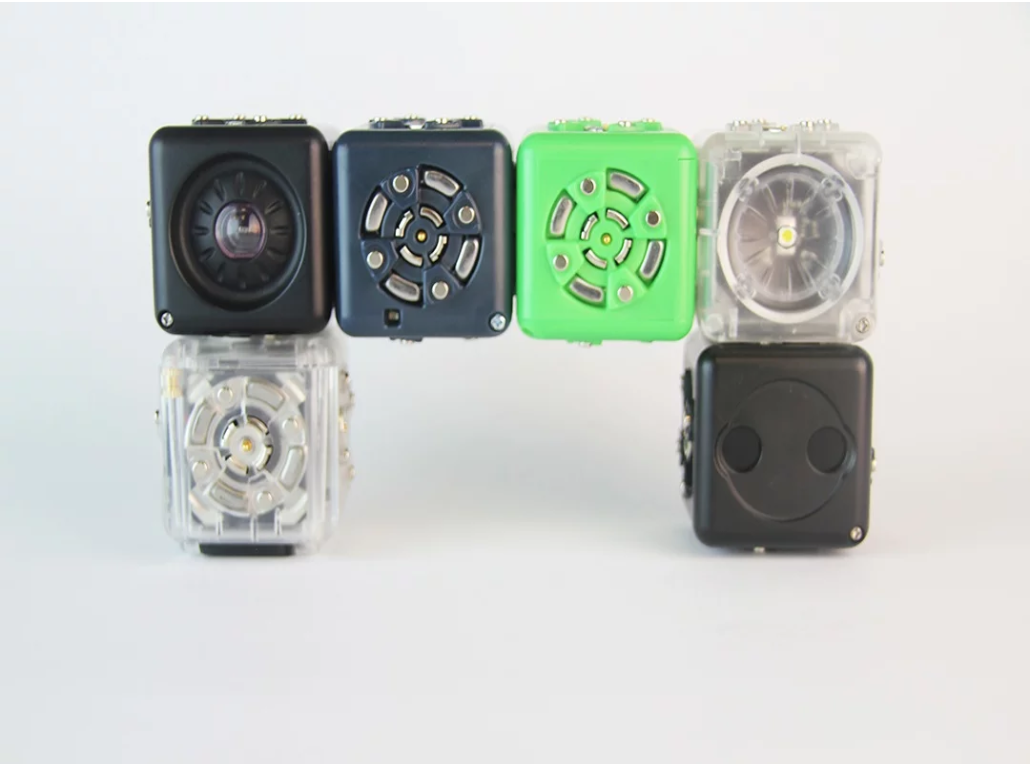
Teaching Tips:
Take two student volunteers (or two groups) and ask them to explain how their robots work and why they think the robots work this way.
Share what you have learned!
